How to Keep Your Garden Thriving in Summer Heat
- March 29, 2024
- 0 comment
Discover how to keep your garden thriving in summer heat with our guide on ‘How to Water Your Summer Garden.’ Overcome the challenges of high temperatures and rapid soil drying with strategies tailored to individual plant needs, the impact of soil and climate, efficient watering methods, and the strategic use of organic mulch to conserve moisture, guaranteeing a vibrant garden all summer long.
Tame your lawn in 2024! Best Retractable Hose Reels, Best Garden Hoses, Best Garden Seeder Row Planter & Best Lawn Mowers for a thriving yard.

List on How to Keep Your Garden Thriving in Summer Heat
- Understanding Your Garden’s Needs
- Effective Watering Techniques
- Conserving Water in the Garden
- Monitoring Your Garden’s Moisture Level
- Common Mistakes to Avoid
Understanding Your Garden’s Needs
Types of Plants and Their Watering Needs
Vegetables and Fruits
- Many vegetables and fruits have shallow root systems and require consistent moisture. For example, tomatoes and cucumbers are particularly sensitive to fluctuating water levels, which can affect their growth and fruit production. Regular watering, typically every other day or daily during extreme heat, is crucial.
Flowering Plants and Annuals
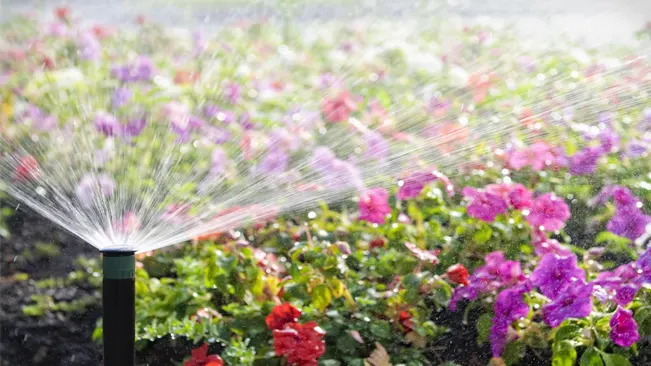
- These often require more frequent watering as well, especially if they are in containers or hanging baskets. They need consistent moisture to maintain their blooms.
Perennials and Shrubs
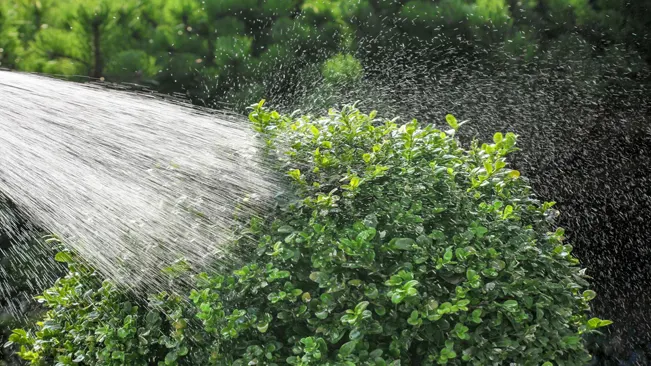
- Established perennials and shrubs usually have deeper root systems, enabling them to access moisture from deeper within the soil. They generally require less frequent watering compared to annuals and vegetables. However, during their first growing season, regular watering is important to establish a strong root system.
Lawns
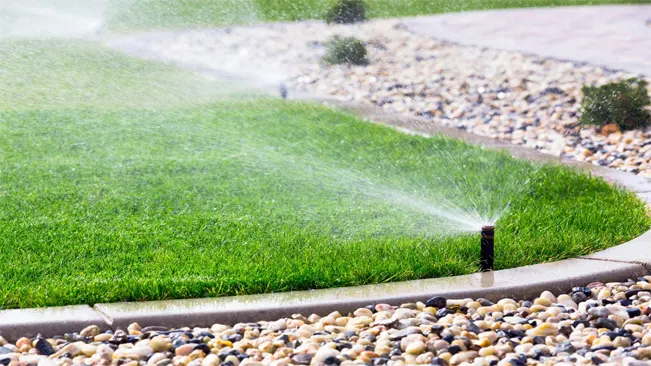
- Grass types vary in their watering needs. Some grasses are drought-resistant and require less water, while others may need more frequent watering to maintain a green appearance.
Soil Type and Watering Implications
- Sandy Soil: This type of soil has large particles and doesn’t hold water well, leading to rapid drainage. Plants in sandy soil might need watering more than once a week, especially in hot weather.
- Clay Soil: Characterized by small, dense particles, clay soil retains water much longer. However, it can also become compacted, making it difficult for water to penetrate. Watering less frequently but more deeply is generally advised for clay soils.
- Loamy Soil: This is considered ideal for gardening, being a mix of sand, silt, and clay. It holds moisture well but also drains efficiently, requiring a balanced watering approach.
Weather Conditions: Adjusting Watering Schedules
- Heat and Sun Exposure: Plants in full sun, particularly during heat waves, will need more frequent watering. The soil can dry out quickly under these conditions.
- Wind: Windy conditions can lead to quicker evaporation of moisture from the soil and plants. This might necessitate more frequent watering to compensate for the loss.
- Humidity: High humidity can slow down soil drying, potentially reducing watering frequency. Conversely, low humidity can cause soil and plants to dry out more quickly.
- Rainfall: Natural rainfall can significantly reduce the need for manual watering. Adjust your watering schedule based on recent and forecasted rainfall.
Effective Watering Techniques
Early Morning Watering
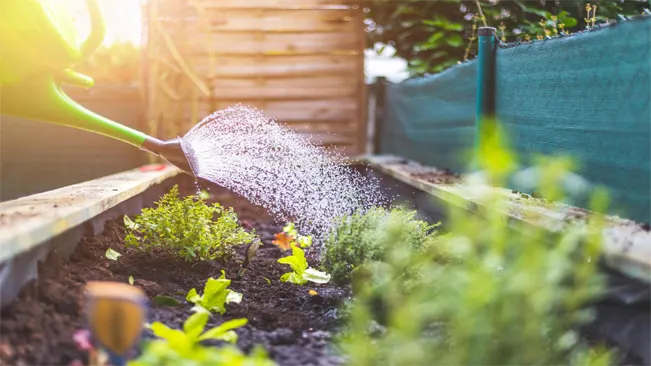
- Benefits: Watering in the early morning minimizes evaporation as temperatures are cooler and winds are typically lighter. This means more water reaches the roots of the plants.
- Practical Tips: Aim to water your garden between 6 AM and 9 AM. Using a watering can or a hose with a gentle shower nozzle can help prevent soil erosion and doesn’t disturb young, tender plants.
Deep Watering
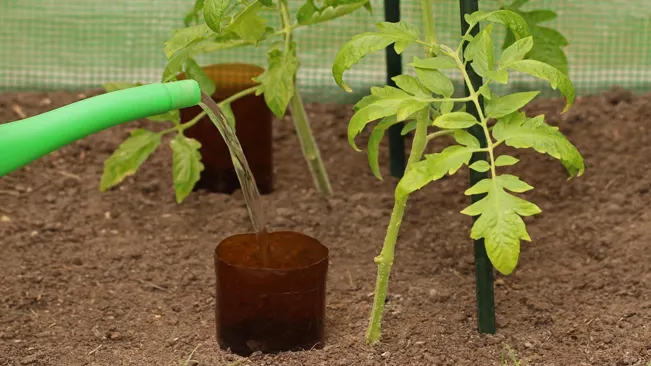
- What It Means: Deep watering involves allowing the water to penetrate several inches into the soil, encouraging roots to grow deeper. Deeper roots lead to more drought-resistant plants.
- Frequency and Technique: This doesn’t mean watering more often, but rather watering thoroughly. For most gardens, deep watering once or twice a week is sufficient. The goal is to moisten the soil to a depth of at least 6-8 inches.
Use of Mulch
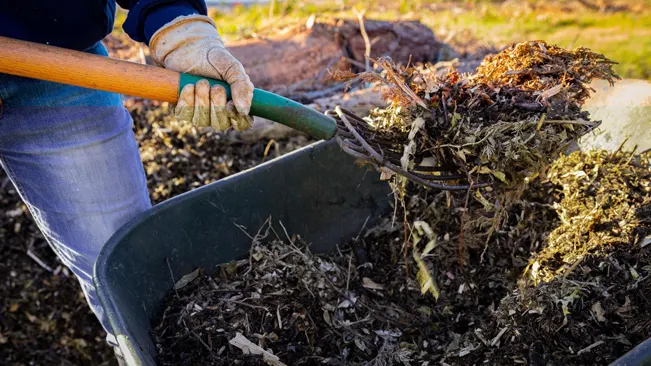
- Mulch Types: Organic mulches like straw, wood chips, or bark help retain moisture. They also break down over time, improving soil quality.
- Application: Spread a 2-3 inch layer of mulch around your plants. Be careful not to pile it too close to the stems of plants or tree trunks to avoid rot.
- Additional Benefits: Mulch also suppresses weeds and keeps soil temperatures more consistent, which is beneficial for plant roots.
Drip Irrigation Systems
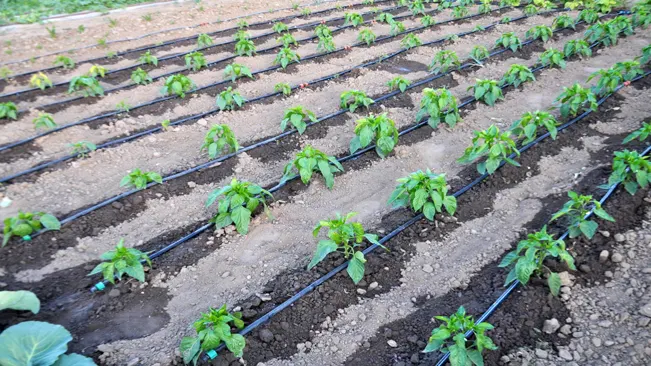
- How They Work: Drip irrigation is a highly efficient way to water garden plants. The system slowly drips water directly to the soil at the base of each plant through a network of tubing, pipes, valves, and emitters.
- Advantages: It reduces water waste and runoff, as water is delivered directly where it’s needed. This method is particularly beneficial in areas with water scarcity.
- Customization: Drip systems can be customized to suit the specific needs of your garden, depending on plant type, size, and layout.
Conserving Water in the Garden
Conserving water in the garden is not only beneficial for the environment but also essential in maintaining a sustainable gardening practice. Two effective ways to achieve this are through rainwater harvesting and planting drought-tolerant species.
Rainwater Harvesting
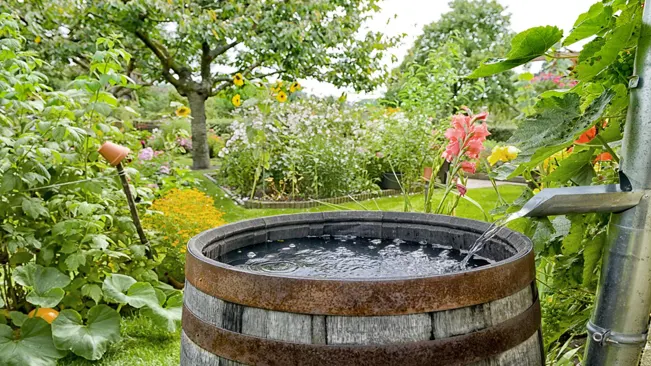
- Why Harvest Rainwater?
- Rainwater is free and reduces reliance on municipal water sources.
- It is naturally soft and devoid of chlorine, lime, or calcium which makes it better for plants.
- Harvesting rainwater helps manage stormwater runoff, reducing soil erosion and pollution in nearby waterways.
- How to Set Up a Rainwater Harvesting System
- Gutters and Downspouts: Ensure your roof, gutters, and downspouts are clean. This is where you will collect the rainwater.
- Rain Barrels: Place rain barrels under downspouts. These barrels come in various sizes and can be connected to increase capacity.
- First Flush Diverter: This device ensures that the initial rain, which may contain pollutants from the roof, is diverted away from the barrel.
- Maintenance: Regularly check and clean gutters, downspouts, and screens to keep the system efficient.
- Using Harvested Rainwater
- The collected rainwater can be used for watering garden beds, lawns, and container plants. It’s especially beneficial during dry spells.
Choosing Drought-Tolerant Plants
- Benefits of Drought-Tolerant Plants
- They require less water, reducing your garden’s water consumption.
- These plants often demand less maintenance.
- They are better adapted to survive in dry and hot conditions, ensuring a resilient garden.
- How to Select Drought-Tolerant Plants
- Research Local Flora: Look for native plants which are naturally adapted to your region’s climate.
- Consult with Local Nurseries: Experts can recommend plants that are best suited for your garden’s specific conditions.
- Consider Varieties: There are drought-tolerant varieties in many plant categories, including perennials, shrubs, ground covers, and grasses.
- Effective Planting and Maintenance
- Soil Preparation: Amend the soil with organic matter to improve its water-holding capacity.
- Mulching: Apply mulch around plants to reduce water loss through evaporation.
- Grouping Plants: Place plants with similar water needs together to optimize watering efficiency.
Monitoring Your Garden’s Moisture Level
Soil moisture refers to the amount of water present in the soil, which is available for absorption by plant roots. This level is crucial for plant health, as both overwatering and underwatering can lead to stress and damage in plants.
Why Monitoring is Important
- Prevents Overwatering and Underwatering: Understanding the moisture level helps in delivering the right amount of water. Overwatering can lead to root rot and fungal diseases, while underwatering can stress the plant, leading to wilting and reduced growth.
- Promotes Deep Root Growth: Proper watering encourages roots to grow deeper in search of moisture, which strengthens the plant and increases drought tolerance.
- Conserves Water: By knowing exactly when to water, you avoid unnecessary watering, thus conserving water – an essential aspect of sustainable gardening.
Techniques for Monitoring Moisture Levels
- Manual Check (Finger Test): Insert your finger about an inch or two into the soil. If the soil feels dry at that depth, it’s time to water. This method is simple but effective for smaller gardens or container plants.
- Use of a Soil Moisture Meter: A soil moisture meter is a tool that can give you a more accurate reading of the moisture level. It’s especially useful in larger gardens or for more precise moisture management.
- Observing Plant Signals: Plants often show visible signs when they need water. Leaves may droop, wilt, or turn yellow. Learning to read these signs can be a helpful guide.
- Weighing the Pots: For container plants, lifting the pot can indicate moisture levels. A lighter pot typically means the soil has dried out.
- Monitoring Weather and Evaporation Rates: Keep an eye on the weather forecasts and adjust watering accordingly. Hot, windy conditions increase evaporation, requiring more frequent watering.
When to Water
- The best time to water is when the soil at a depth of 1-2 inches is dry.
- It’s better to water deeply and less frequently than to water shallowly and often.
- The specific frequency depends on various factors like plant type, soil, climate, and season.
Common Mistakes to Avoid
Overwatering
Overwatering is a surprisingly common issue in gardening. While it’s understandable to worry about plants getting enough water, especially in the heat of summer, too much water can be detrimental.
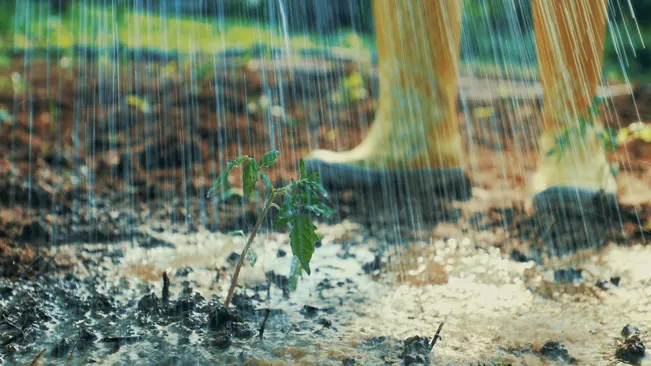
- Root Rot: One of the primary risks of overwatering is root rot. This occurs when excess water deprives the roots of oxygen. Healthy roots need air as much as they need water; without it, they begin to decay. Root rot can quickly kill plants.
- Nutrient Leaching: Overwatering can also wash away essential nutrients from the soil, making them unavailable to plants. This can lead to nutrient deficiencies, impacting plant health and growth.
- Attracting Pests: Overly moist conditions can attract pests like slugs and snails, which are drawn to damp environments. These pests can cause significant damage to plants.
- Signs of Overwatering: Common signs include yellowing leaves, stunted growth, and a general wilting or soggy appearance. If you suspect overwatering, let the soil dry out before watering again.
Watering at Night
- Fungal Diseases: When water sits on leaves overnight, it creates an ideal environment for fungal diseases. These organisms thrive in moist, dark conditions. Common fungal issues include powdery mildew and blight.
- Reduced Evaporation: At night, lower temperatures and lack of sunlight mean water evaporates more slowly. This prolonged wetness increases the risk of disease.
- Poor Absorption: Plants generally absorb water less effectively at night. This is because their metabolic processes slow down, reducing the need for water uptake.
- Better Alternatives: As mentioned earlier, the best time to water is early morning. This timing allows plants to absorb water efficiently and leaves to dry out during the day.
Conclusion
Effective watering is key to maintaining a vibrant summer garden. By understanding your garden’s specific needs and implementing the right watering strategies, you can conserve water and ensure your plants remain healthy and strong throughout the season. Remember, a little attention and care go a long way in keeping your garden lush and flourishing during the summer months.
FAQs (Frequently Asked Questions)
- How often should I water my garden in the summer?
- It depends on your climate, soil type, and the plants you have. Generally, a thorough watering once or twice a week is adequate. In very hot or windy conditions, you may need to water more frequently.
- It depends on your climate, soil type, and the plants you have. Generally, a thorough watering once or twice a week is adequate. In very hot or windy conditions, you may need to water more frequently.
- What is the best time of day to water my garden?
- Early morning is ideal as it allows the water to soak deeply into the soil with minimal evaporation. Evening is the next best option, but avoid late-night watering to prevent the growth of fungi.
- Early morning is ideal as it allows the water to soak deeply into the soil with minimal evaporation. Evening is the next best option, but avoid late-night watering to prevent the growth of fungi.
- How do I know if I’m overwatering or underwatering my plants?
- Overwatering often leads to yellowing leaves and root rot, while underwatering results in wilted and dry leaves. Check the soil moisture a few inches below the surface; if it feels dry, it’s time to water.
- Overwatering often leads to yellowing leaves and root rot, while underwatering results in wilted and dry leaves. Check the soil moisture a few inches below the surface; if it feels dry, it’s time to water.
- Should I water my garden differently during a heatwave?
- Yes, during heatwaves, plants often require more frequent watering. It’s also a good idea to provide some shade to more sensitive plants.
- Yes, during heatwaves, plants often require more frequent watering. It’s also a good idea to provide some shade to more sensitive plants.
- Can I use gray water or rainwater for my garden?
- Yes, using rainwater is an excellent eco-friendly option. Gray water can be used but ensure it doesn’t contain harmful chemicals or detergents that can damage plants.
- Yes, using rainwater is an excellent eco-friendly option. Gray water can be used but ensure it doesn’t contain harmful chemicals or detergents that can damage plants.
- How can mulch help with my garden’s watering needs?
- Mulch helps retain soil moisture, reduces evaporation, and keeps the soil cool. Apply a 2-3 inch layer around your plants for best results.
- Mulch helps retain soil moisture, reduces evaporation, and keeps the soil cool. Apply a 2-3 inch layer around your plants for best results.
- What’s the difference between watering with a hose, a sprinkler system, and a drip irrigation system?
- A hose allows for direct watering but can be time-consuming. Sprinklers cover a wide area but can be less efficient due to evaporation. Drip irrigation delivers water directly to the root zone, conserving water and reducing weed growth.
- A hose allows for direct watering but can be time-consuming. Sprinklers cover a wide area but can be less efficient due to evaporation. Drip irrigation delivers water directly to the root zone, conserving water and reducing weed growth.
- How much water does my garden really need?
- As a general rule, most gardens need about 1 inch of water per week. However, this varies based on factors like plant type, soil, and weather conditions.
- As a general rule, most gardens need about 1 inch of water per week. However, this varies based on factors like plant type, soil, and weather conditions.
- Are there any signs that indicate my plants are getting too much water?
- Yes, signs of overwatering include soft, bloated leaves, a lack of flowering or fruiting, and fungus or mold on the soil surface.
- Yes, signs of overwatering include soft, bloated leaves, a lack of flowering or fruiting, and fungus or mold on the soil surface.
- Can the type of soil affect how I water my garden?
- Absolutely. Sandy soil drains quickly and may require more frequent watering, while clay soil retains moisture longer and may need less frequent watering. Adjust your watering schedule according to your soil type.

Kristine Moore
Forestry AuthorI'm Kristine Moore, a seasoned garden landscaping professional with over 30 years of experience. My extensive career has been dedicated to transforming outdoor spaces into stunning, sustainable landscapes. With a deep understanding of horticulture, design principles, and environmental stewardship, I have become a respected figure in the field, known for creating harmonious, visually appealing, and eco-friendly gardens. My commitment to excellence and continuous learning in landscaping trends and techniques has solidified my reputation as an expert in garden design and implementation.

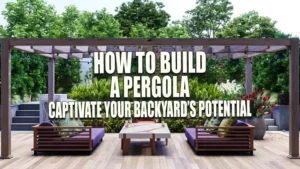
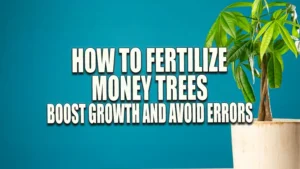



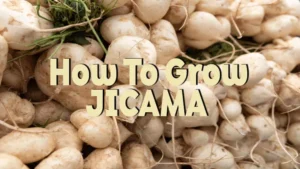
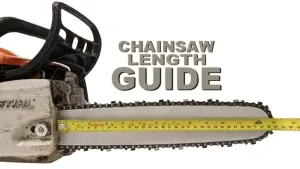
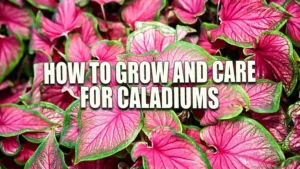

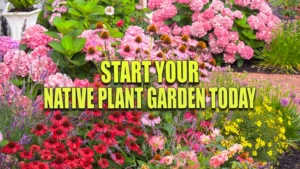
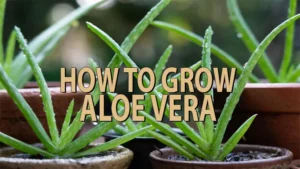
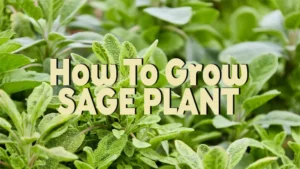
Leave your comment